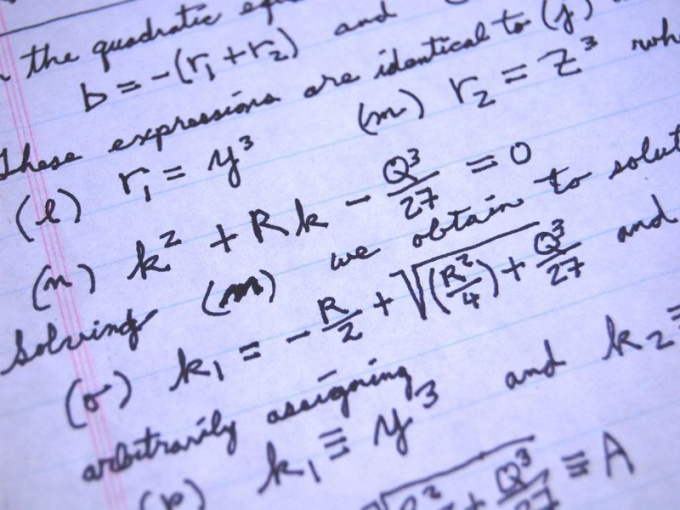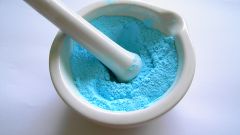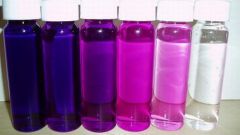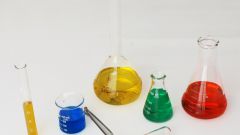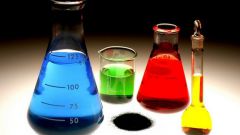Instruction
1
Read carefully the task. Briefly on the left side of the page, record the data using letter symbols and formulas of chemicals, if any. Identify the problem that needs to be found.
2
Write down on the right side of the sheet a General formula for the mass fraction of the solute
ω = m1 / m,
where m1 is the mass of the solute, and m the mass of the entire solution.
If the content of the mass fraction of solute need to find the percentage, multiply the resulting number by 100%:
ω = m1 / m x 100%
ω = m1 / m,
where m1 is the mass of the solute, and m the mass of the entire solution.
If the content of the mass fraction of solute need to find the percentage, multiply the resulting number by 100%:
ω = m1 / m x 100%
3
In applications where the need to calculate the mass fraction of each of the elements included in the chemical substance, use the table of D. I. Mendeleev. For example, find the mass fraction of each of the elements included in the composition of the hydrocarbon, formula C6H12 which
m (C6H12) = 6 x 12 + 12 x 1= 84 g/mol
ω (C) = 6 m1(C) / m (C6H12) x 100% = 6 x 12 g / 84 g/mol x 100% = 85%
ω (N) = 12 m1(N) / m (C6H12) x 100% = 12 x 1 g / 84 g/mol x 100% = 15%
m (C6H12) = 6 x 12 + 12 x 1= 84 g/mol
ω (C) = 6 m1(C) / m (C6H12) x 100% = 6 x 12 g / 84 g/mol x 100% = 85%
ω (N) = 12 m1(N) / m (C6H12) x 100% = 12 x 1 g / 84 g/mol x 100% = 15%
4
Write down the answer to the problem.
Useful advice
The problem of finding the mass fraction of a material after evaporation, dilution, concentration, mixing the solutions solve using the formulas derived from the definition of mass fraction. For example, a task on evaporation can be solved by using this formula
ω 2= m1 / (m – Dm) = (ω 1• m) / (m – Dm) 2 where ω is the mass fraction of the evaporated substance in solution, Dm is the difference between the masses before and after heating.
ω 2= m1 / (m – Dm) = (ω 1• m) / (m – Dm) 2 where ω is the mass fraction of the evaporated substance in solution, Dm is the difference between the masses before and after heating.
